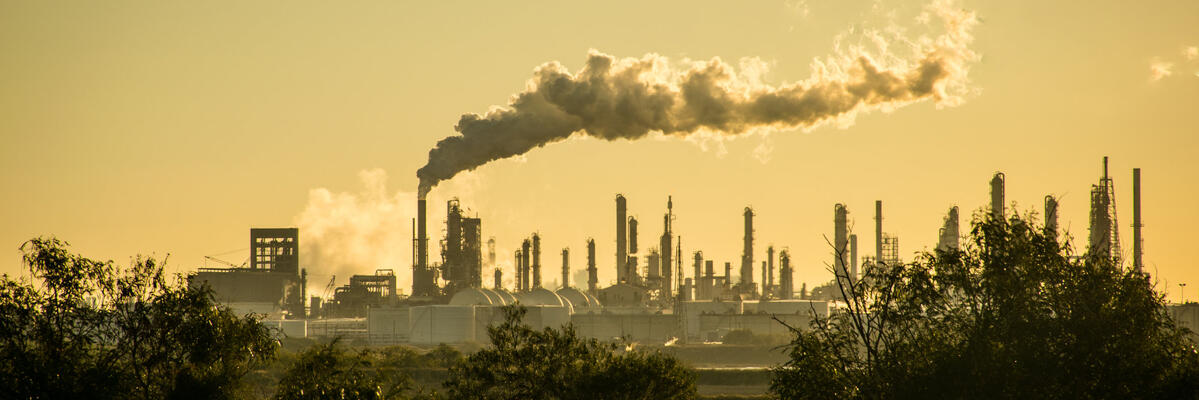How to access information on hazardous facilities near you
The Emergency Planning and Community Right-to-Know Act was signed into law in 1986 to help communities plan for chemical emergencies. It gives communities the right to access certain information about a wide range of hazardous facilities and community emergency planning. EPA's Risk Management Program provides public information, albeit restricted, about potential public impacts of highly hazardous chemicals at RMP facilities. But this information can still be difficult to access. Below, we answer some FAQs about finding the information you need about chemical hazards near you.
How can I find out whether I live near a facility covered by the Risk Management Program?
In March 2024, EPA published a query tool that made non-classified information about RMP facilities publicly available online for the first time. It was then taken down in May 2025. Independent researchers have recreated this search tool and map of RMP facilities using EPA data here.
Anyone can file a Freedom of Information Act (FOIA) request to receive a copy of the EPA’s full database of Risk Management Plans that covered facilities are required to submit every 5 years. However, worst-case release scenario sections of these RMP plans (Sections 2–5) are restricted to access only through Federal reading rooms.
The Data Liberation Project regularly submits FOIA requests for RMP information and organizes and posts this information online. View RMP facilities in your state.
You can also use the White House Council on Environmental Quality’s Climate and Economic Justice Screening Tool (taken down in 2025 but republished here) to see whether the census tract you live in is in a high percentile for proximity to RMP facilities. If you are in the 85% percentile for proximity to RMP facilities, that means people in your census tract live closer to more facilities than 85% of Americans. Note that this resource will no longer be regularly updated.
Can I find out the kind and quantity of chemicals that are used and stored at RMP facilities near me?
Yes, general information is available about RMP facilities and chemicals on RMPmap.org, a FOIA request or the Data Liberation Project. However, the Off-Site Consequence Analysis (scenarios) portions of facilities’ Risk Management Plan (RMP) information, which indicate the potential for high hazard toxic and flammable chemicals to harm to the surrounding community and how many people live in areas that could be impacted by a worst-case incident, can only be accessed via Federal Reading Rooms which are open to the public by appointment. Learn more.
Does the federal government track chemical disasters?
The U.S. Environmental Protection Agency (EPA) only tracks specific chemical incidents that are reportable under the RMP. But incident reporting often lags months or more behind specific events. Moreover, EPA data does not always include every incident at RMP facilities, does not include incidents that occur at non-RMP facilities, and does not include rail or road incidents involving hazardous chemicals.
Incidents that have been reported to the EPA by RMP-covered facilities between 2004 and 2020 can be found in Technical Background documents published to the federal docket in October 2022 here.
Chemical spills that pose public health threats are also reported to the National Response Center. You can view reports of previous incidents here.
How can I find out more about the chemicals that are being transported through my community by road and rail?
The U.S. Department of Transportation’s Pipelines and Hazardous Material Safety Administration also tracks chemical incidents that occur on the nation’s railroads and highways. The coalition’s Chemical Incident Tracker only includes rail and road incidents involving hazardous chemicals that appeared in news reports, and triggered an evacuation or shelter-in-place advisory, a road closure, and/or caused injury or death.

